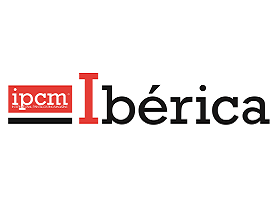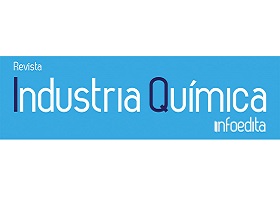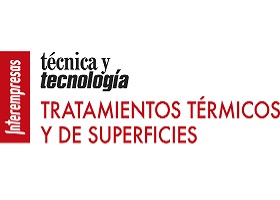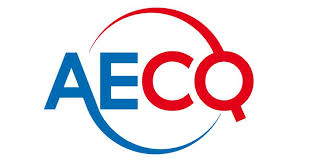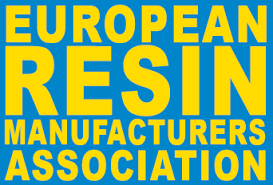New functional silicone additive for architectural coatings

Time: 2:50 pm - 3:10 pm
Date: 21/11/24
The future is challenging formulators more and more every day, demanding modern environmentally friendly coatings that offer high performance combined with low raw material costs. Architectural coatings have to fulfil many functions, which results in ever more complex and demanding specifications. For the person applying the coating, it is very important that it is workable… Read more »
Paint & CoatingsSynopsis
The future is challenging formulators more and more every day, demanding modern environmentally friendly coatings that offer high performance combined with low raw material costs.
Architectural coatings have to fulfil many functions, which results in ever more complex and demanding specifications.
For the person applying the coating, it is very important that it is workable and easy to apply. For the end user, selecting a coating is not just about aesthetics, such as gloss and colour, but also about service life requirements. Depending on the substrate to be coated, different model tests have to be carried out to ensure optimum durability. These tests can be broadly sub-divided in two categories addressing chemical properties (for example, easy to clean properties, resistance to cleaning agents) and mechanical properties (resistance to impact and abrasion).
To fulfil some of these requirements, silicone additives are used to increase the performance of standard coating formulations. To illustrate this point, WACKER’s silicone additives SILRES® BS 333 and SILRES® BS 338, differing mainly in their functional groups, will be compared in various model formulations based on different binder systems.
To conclude, the role of silicone additives in optimizing paint and coating properties such as hiding power, storage stability, wet scrub resistance, open time, rheology, stain resistance and dry burnishing resistance will be presented in this work, among others.
SPEAKERS
 Dr. Christophe Cheikh Technical Service Manager - Wacker Chemie AG - Omya Clariana SLU
Dr. Christophe Cheikh Technical Service Manager - Wacker Chemie AG - Omya Clariana SLU
« Back

